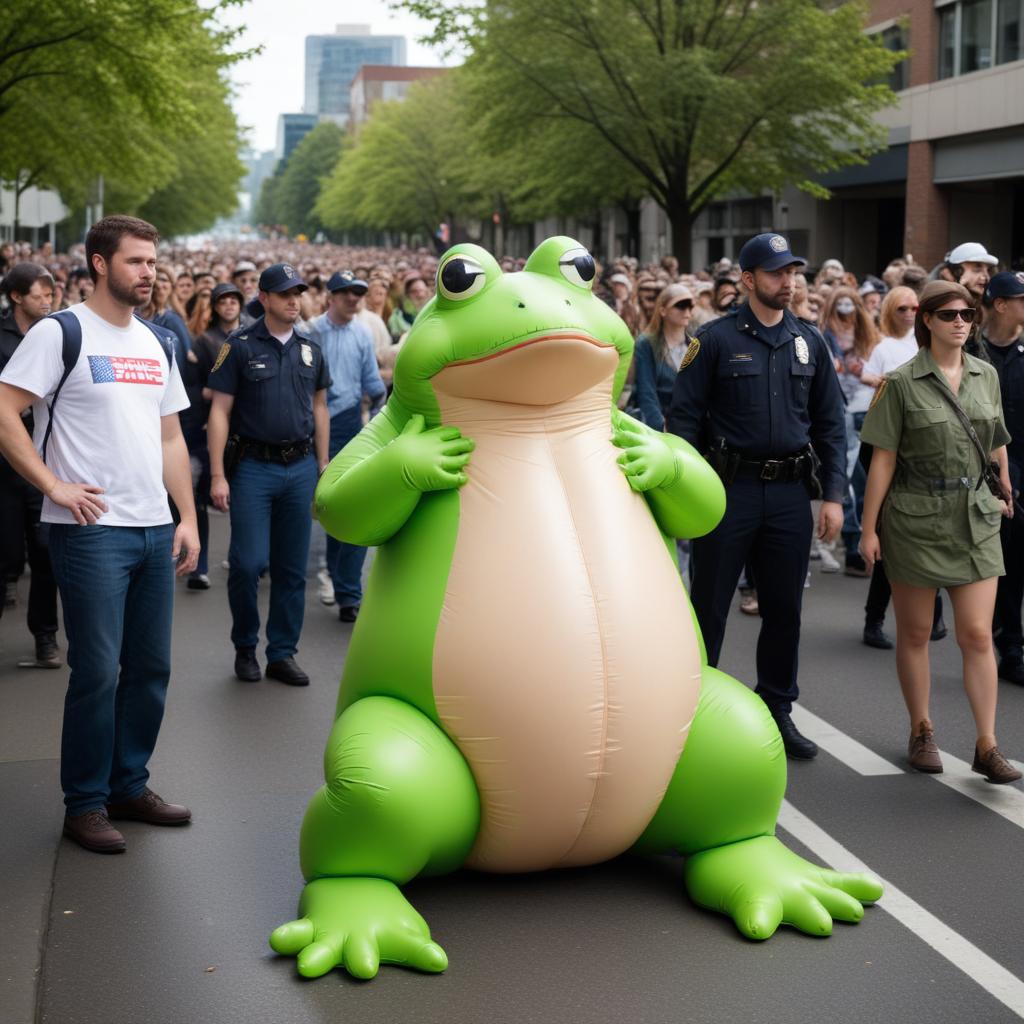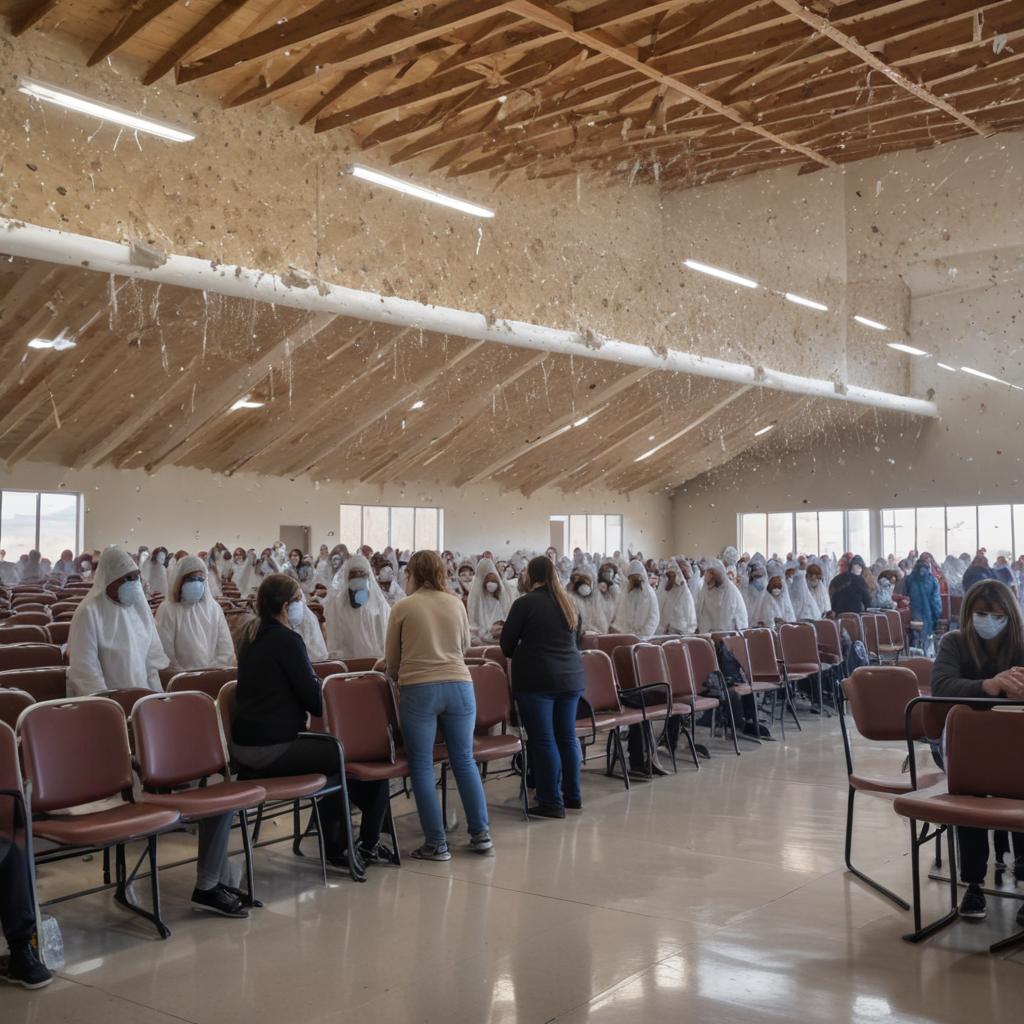Inflatable animal costumes, popularized by a viral incident in Portland, have become a new symbol of protest, employing humor and absurdity as a form of 'tactical frivolity' against authoritarianism, but their impact is debated depending on the protest context.
The article details the unexpected rise of inflatable animal costumes as a protest tactic, sparked by a viral incident in Portland, Oregon, where a federal agent sprayed a chemical agent into an inflatable frog costume worn by protester Seth Todd. This event catapulted the inflatable frog into a symbol of leftist resistance, leading to 'Operation Inflation' which equipped protesters with various animal suits at hotspots like ICE detention centers and 'No Kings' marches. Todd explained the costumes' purpose is to highlight the absurdity of narratives portraying protesters as violent extremists, marking a 'resistance 2.0' with a new visual language of polyester and hot air. While some, like author Gary Shteyngart, suggest such 'frivolity and absurdity are kryptonite to authoritarians,' the article questions this, arguing that it might not effectively challenge figures like Trump, whose own buffoonery makes him hard to out-clown. The piece traces the historical context of protest aesthetics, from nonviolent resistance emphasizing dignity to Black liberation movements asserting militancy, and 'rebel clowning' or 'tactical frivolity' which uses humor to undermine authority and create 'irresistible images.' The inflatable frogs fit this tradition by subverting the Trump administration's 'aesthetic of intentional cruelty,' forcing agents to attack comical figures and thus debunking official narratives. However, the article highlights crucial limitations: the effectiveness of tactical frivolity varies greatly with context. While powerful in the face of real danger (e.g., at an ICE detention center), it can devolve into mere entertainment during peaceful, permitted marches. There's also a risk of commodification, as seen with 'flower power' aesthetics. Furthermore, while clowning is a de-escalatory tactic that can interrupt escalating tensions and offer protection, it might not convey the necessary seriousness for broader, nationwide protests demanding urgent action from political leaders. The article concludes by advising strategic deployment of tactical frivolity, recommending inflatable costumes for confronting state violence where they can create powerful images and offer protection, but stressing that the overall message of popular protests should remain 'deadly serious.'



